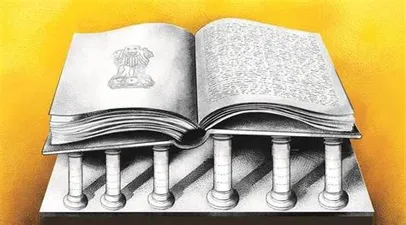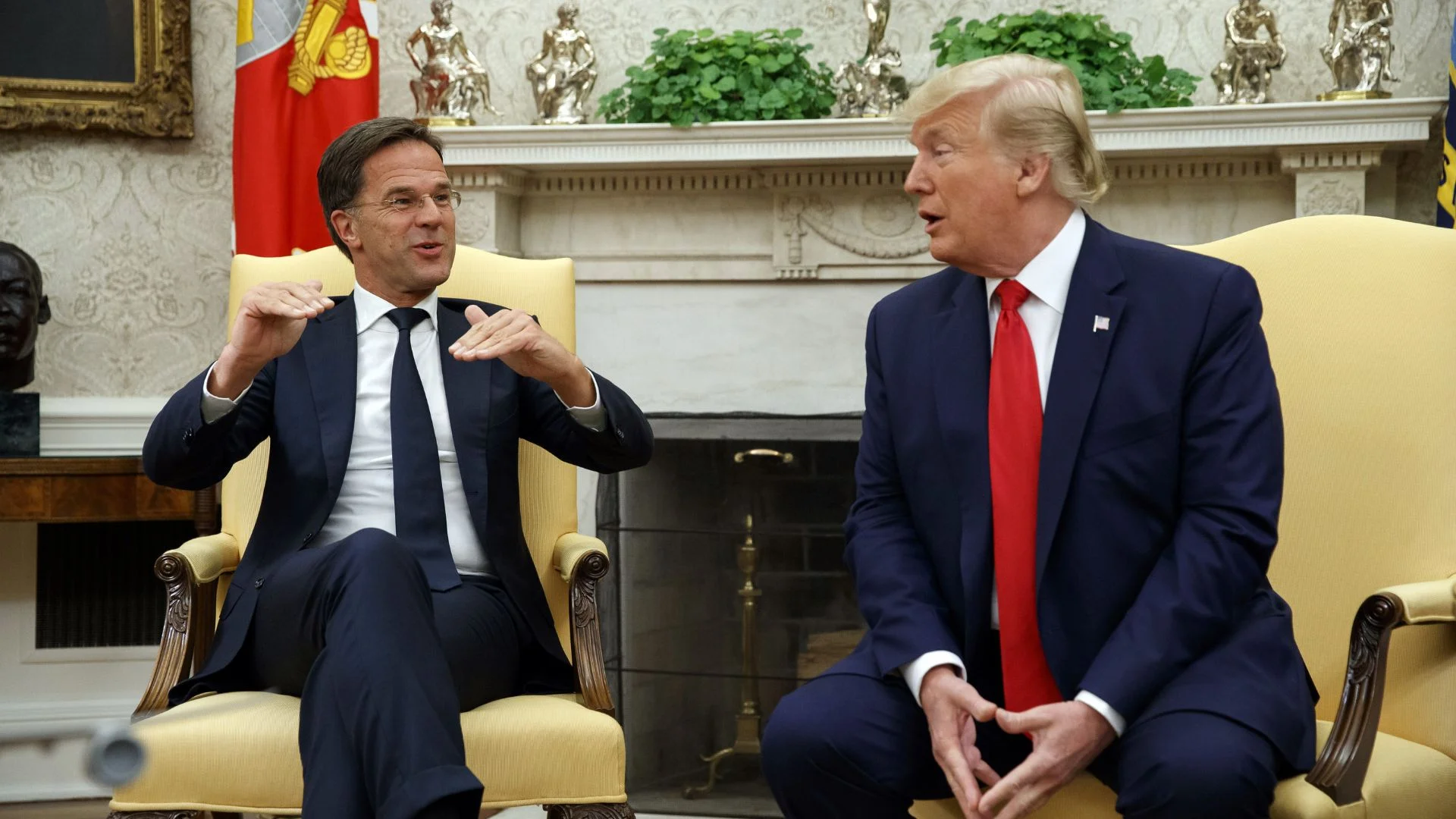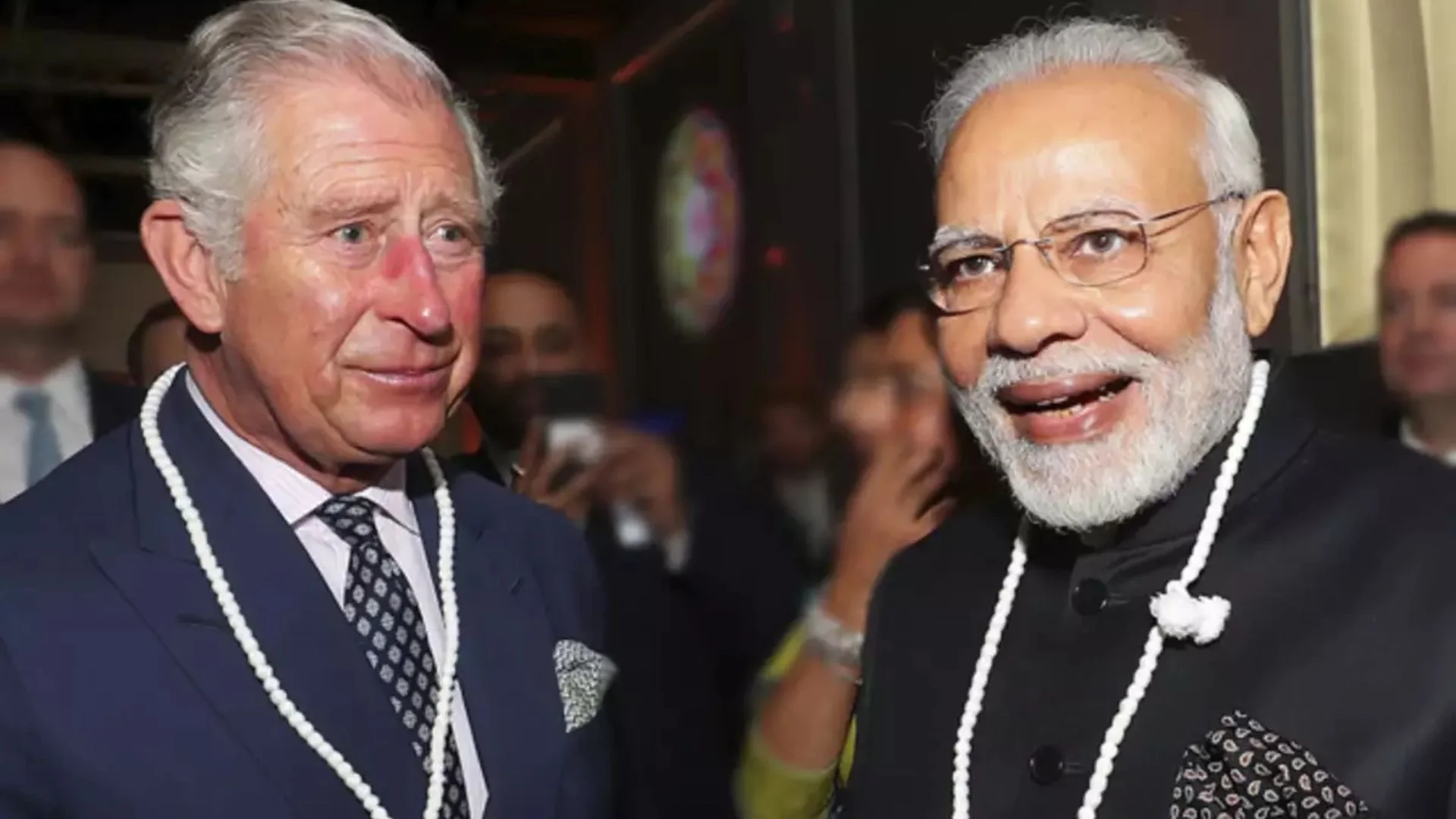
The federal structure of India’s Constitution, is an essential democratic necessity for a multi-cultural India in which the individual components ; ie constitutional units of the sovereign state are pre-dedicated on language, against competitive personalities (identities) including such caste, tribe, or religion, which is brought to light by events marking in the India’s jubilee of independence. This inherent structural capacity for conflict between the units, both inside and among them, and between them and the sovereign state calls for creative federal engineering and delicate political management. It is impressive that the Indian Constitution has allowed the country to maintain its wide-ranging variety while maintaining a formal democratic structure. It may be that, even with Hindutva’s operations and maintenance vulnerabilities, the representative democracy configuration and levels of governance with national integrity are diachronically associated because of universal adult enfranchisement and free institutions of justice and governance, which make it nearly impossible to polarise the country’s wide-ranging diversity within any single divisive identity. Yet, as recent events have highlighted, its operational fault lines are weakening liberal institutions and the federal democratic framework.
The Rajya Sabha Chairperson collapsed during the tumultuous Plenary parliamenteary session (in August 2021) and has deanied the ability to lead the operations despite having a team of marshals, present although the House passed a record volume of Bills despite a record number of adjournments. The second incident involved fatal cross-border gun crimes between member states, which sparked retaliatory travel and economic embargos from the impoverished neighbouring state as a form of punishment.
The forth coming challenges in the Indian federalism
Such unusual federal democratic occurrences are common in India, with the exception of their contemporary overt severity. While in opposition, a Union Law Minister referred to interruption of the parliamentary process as a “valid constitutional choice with democratic right and obligation.” The Troika around Lohia asserted its authority to attend Parliament on the shoulders of the Janata and exit on the Constables in the 1960s. During discussions, posters bearing labels like “CIA Agent” were exhibited. “Briefcases” were openly moved to safeguard the administration. This time, “Honorable Members” and Marshals are physically interacting in the “federal chamber” and both are alleging “casualties,” including official documents being mutilated and chairpersons being rendered immobile. Even the struggle between States has expanded.
Due to these concrete circumstances, scholars are starting to construct India’s “Post-colonial democracy” and autonomy in ways that depart from the liberal ideal. The ruling Bharatiya Janata Party now has supplanted Rajni Kothari’s “one party dominance” model of the “Congress system”; Myrdall’s “soft state” is reborn in the Pegasus era with bogus films and new tools of mass distraction and coercion. With over 30% of lawmakers in India’s democracy having criminal histories and law courts morphing into gang war zones, Galbraith’s “functional anarchy” has grown increasingly chaotic yet still operating, eclipsing any “Dangerous Decade” or a “1984”.
Indian “centralised nation possessing several political traits” is described as “quasi-federal” by political thinker K.C. Wheare. He emphasises the structural deficiencies with Indian federalism, not just the practical ones. Hence, while being a “fundamental structure,” Indian federalism requires institutional amendment to be democratically federal, but many meritocratic and democratic distortions can be mitigated by institutional professional competence The case made by Whereare is worth thinking about in the recent scenario.
Erudition of culture in the federation
Democratic federalism requires structures to provide equality among the various units as well as the Center so that they’re able to cooperate and be subject to the sovereign constitution, with any disagreements ultimately decided by an independent impartial jury with unblemished ethical and professional integrity. Yet, the constitutional limitations imposed by these deficiencies and the institutional cracks in the entire democratic electoral vote process make India’s federal structure ineffective from a functional standpoint. Institutional preferences are determined by personal role models, like J.F. Ribeiro for the police, Justices Chandrachud or Nariman for the judiciary, or T.N. Seshan for the Election Commission of India, similar to popular voting behaviour. Organisational biases are also based on ethnic or connectedness networks, similar to vehemently anti, which is seen as the safe option.
The hegemonic “1935 Act,” which established “provincial autonomy,” formed the basis for India’s national structure of the fedreal system in which the country attempted to democratise by renaming “Provinces” to autonomous “States,” transferring all “Reserved Powers” to popular governance, federal constitution trying to divide powers seen between two tiers, inserting federalism in the Preamble, and Parts 3 and 4 actually contains citizens’ “Fundamental Rights” and “Directive Principles This has given the Center the authority to unilaterally redraw the borders of existing States and found new ones. 105 times in 70 years have been made to the Indian Constitution, compared to 27 times in over 250 years in the United States.
India’s Asymetrical Fedralism Spirit
With “national-building” as the primary objective, the statutory splitting of authority and assets continues to be heavily weighted in the Centre’s favour; along with “Residual,” “Concurrent,” and “Implied” skills of the power , it undermines the fundamental the nationwide notion of equality between them, which is operationally supported by extra-constitutional accumulation. Although the court has the authority to resolve disputes, its practises are drawing more and more criticism as higher judicial rendezvous (an estimated 41% are currently unfilled), promotions, and transfers become a key perquisite.
The “all India services,” ranging from the State cadres, experience the same thing. The Governors’ role is what is most operationally distorted; they are chosen by the Center out of nepotism in politics, which changes their constitutional jurisdiction from a federal “link” to a central “agent” in the States. The crucial tools of national administration have thus been delegated to or grabbed by the Center, leaving the States to deal with socially contentious issues like safety and security and land renewal. As a result, procedural violations and structural disagreements account for the majority of federal disputes in India.
However, there is no federal court to arbitrate disputes on a political level. The Rajya Sabha, which has no residency requirements, is a major source of political and financial patronage for all political parties, at the expense of the citizens of the State they “represent,” even though it only indirectly represents the States whose legislators elect it and continues even after the electors are defeated or removed.
The Qusai Unitary feature of the constitution
This might perhaps elucidate its consistency. It further solidifies the democratic deficit of the legislature, that, thanks to the Westminster structure known as “winner-take-all,” persists to choose dominant forces and administrations with a minority of votes cast by comprising approximately half of the Lok Sabha. The second chamber lacks the authority to veto the laws of the populous States with greater representation in the popular house, and it lacks the power to balance their demographic weight. contrary to the US Senate. The delays are explained by the fact that it can only postpone. Joint meetings to settle disputes are as predictable and absurd as the Houses’ “voice votes.” Without guaranteeing a Federal Chamber, India’s bicameral legislature lives up to the cliché that “when the second chamber aligns with the first, it is redundant, when it disapproves, it is detrimental.”
In the past, party demographics have determined when they concur or differ. Procedures are disrupted whenever a party with a sizable majority in a state finds itself on the fringes of the national government, similarly to how widespread issues that are not represented in the legislative process lead to anti-democratic manifestations and reciprocal repression. Such instances are numerous in India’s “quasifederal” government today.
Constitutionalism a soul seed of federalism
According to factual and academic data, Wheare’s preface about federalism may be applicable to additional constitutional objectives (largely operationally), whereas structural weaknesses in the federal system that reinforce disputes and aggression and pervert democracy are to be found. By encouraging regional cultural conflict threats to national and territorial integrity and mutual suppression, it poses a danger to national drefence security. Instead of being forced to repeat their mistakes, we could benefit from those made by Pakistan and Sri Lanka, our neighbours. India’s ineffective “quasi-federal” structure, which is additionally federal nor constitutional but a constitutional “basic structure,” needs to be replaced for the sake of the nation’s safety and security with a functioning constitutional
federal option.















